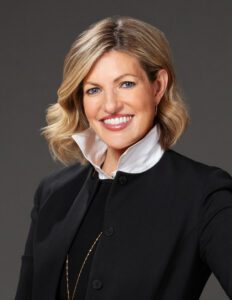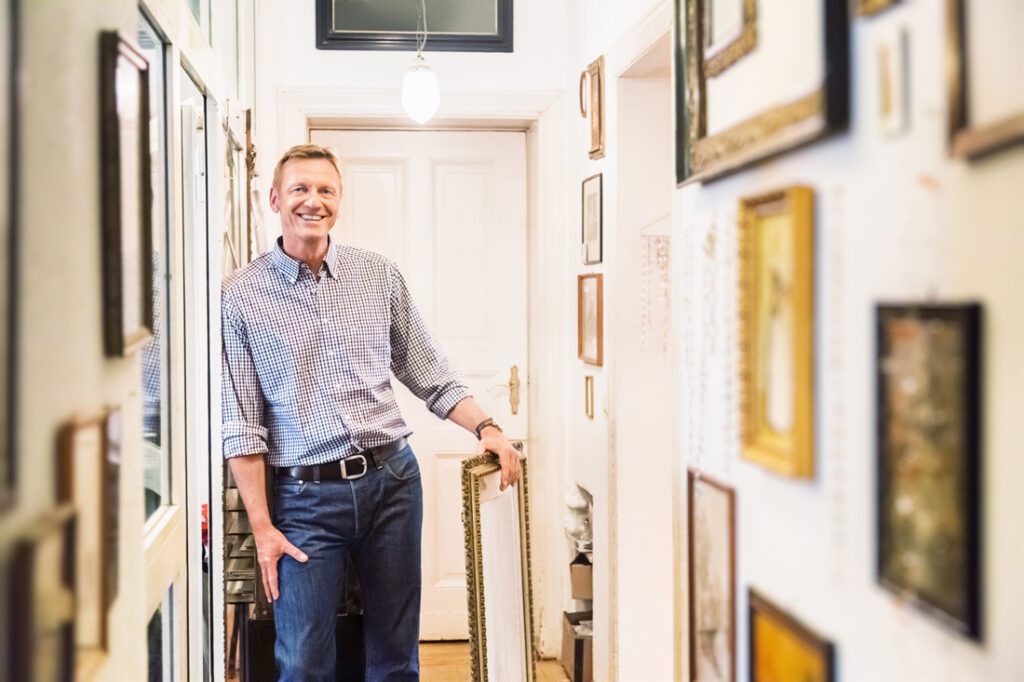A collection’s beauty could be aesthetic, financial or both!
The collecting line between fun and profit is hard to draw. Either way, storage that’s more protective than a shoebox in a poorly ventilated attic makes sense, as do insurance and plans for disposition after you die.
The IRS taxes profits from collectibles— from art and antiques to wines and historical documents— at the same rate for investors and hobbyists, which is higher than for other capital gains.

“I often find that people who are really collectors have done it since a young age,” says Alyssa Quinlan, chief business development officer for national auction house Hindman, a brand that has one of its 13 offices in Buckhead. “They might’ve had a collection of baseball cards when they were kids or a collection of snow globes. It might’ve grown and changed as they had more resources.”
Art and other collectibles can be more important in financial plans after surging in value the past couple of years, Quinlan says.
Some relative bargains remain. Sally Klarr, Hindman’s senior specialist for jewelry and watches, says examples for jewelry collectors include high-quality cultured pearls and unsigned vintage pieces.
Quinlan says the emotional value usually tops the financial worth for her art clients. “They’re not looking at it as an investment.”
At least one company, Masterworks, treats paintings like stocks. The company buys artwork, sells shares, runs a market for those shares, tracks the value of artists and distributes proceeds from the art’s sale.
Typically, “people are very passionate about their art collections. They want to buy things that bring them pleasure,” says Deborah Larrison, Bank of America’s national art credit executive, who works with clients of Bank of America Private Bank in Buckhead. “We try to allow that through wealth planning. We don’t tell them how much art they should have.”
No rule determines how much to spend on a collection, just as nothing defines when a hobby morphs into an investment or when the use of collectibles as a financial hedge yields to pure aesthetic joy.

The business/pleasure line becomes blurrier for Larrison’s clients, who can borrow up to 50% of a collection’s value, as long as it’s worth at least $10 million. With a loan due within five years or a line of credit, the collector frees up cash while keeping art on the wall.
“Sometimes they will borrow to buy more art, but for the most part, collectors will borrow because smart people continue to do smart things, and they’ll make these investments that grow,” Larrison says.
So are you a hobbyist or an investor? If you prefer the experience of a gallery to the energy of an auction, you might be a hobbyist. If you never see what an agent buys for you before it goes into storage, you might be an investor. If you would otherwise spend the money devoted to a collection on travel or entertainment rather than stocks and bonds, you might be a hobbyist. If you’re more excited to see a painting’s soaring value than its place on your wall, you might be an investor. If you arrange for your estate to donate a collection to keep it intact, not to reduce taxes, you might be a hobbyist. Or you might just be an investor with good taste.
Don’t Drop the Ball on Insurance
If you couldn’t wait to spend $25,000 on the limited-edition fan version of the Braves’ 2021 World Series ring, don’t forget insurance.
~ You’ll need a rider on your homeowner’s policy, or, as with art or any valuable collectible, you could turn to a company specializing in insuring special items.
~ Understanding value is crucial, Hindman’s Alyssa Quinlan says. Replacement value, which is what insurance should cover, is what you would spend to buy another one.
~ That’s different from the fair-market value, which is what you could sell the item for at an auction or other secondary market. Fair market value depends on comparable sales, so it’s tough to set a price for a new artist or a World Series ring no one has sold.
~ Keep appraisals current to avoid being underinsured. Quinlan says the rule in the art world was to update appraisals every five to 10 years, but in the current hot market she says two years is typical.
BANK OF AMERICA PRIVATE BANK
800.682.8293 •
locations.privatebank.bankofamerica.com/ga/atlanta
@bankofamerica
HINDMAN
404.800.0192
hindmanauctions.com/locations/atlanta
@hindmanauctions
Jack-of-all-trades writer covering almost anything but beauty and fashion at Simply Buckhead; fond of flamingos and sloths.












